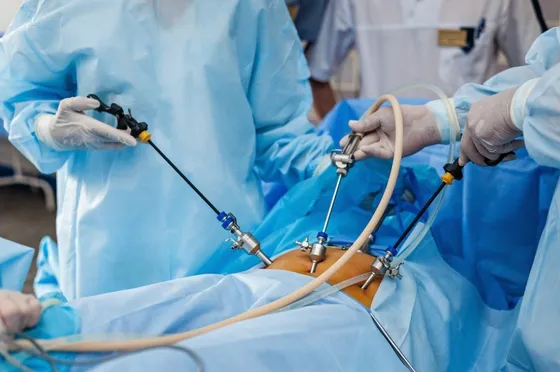LASIK, a time tested procedure for vision correction has its limitations in the extent of refractive error corrections. In general LASIK results are outstanding till about -6.00D of myopia. So when you are having high myopia i.e. refractive error above -6.00D; ICL surgery becomes the preferred choice (Phakic lens implantation).
Phakic lens implantation is a lens which is implanted in eye in available in 2 varieties.
VISIAN ICL: Manufactured by Staar surgicals (Switzerland); which is an imported version.
IPCL: which is an Indian version.
Both these lenses are not dependent on minimum corneal thickness requirement which is a pre requisite for LASIK.
Therefore there lenses can be used for high myopia stretching upto -20.00D.
There lenses also give excellent
night contrast as they do not alter the shape of cornea.
What happens to your eyes when you sleep wearing your contact lenses,
Your risk of an eye infection increases significantly. In serious cases these infections can cause permanent corneal damage & vision loss. Despite some contact lenses being approved for overnight wear, it is still not recommended to sleep with there lenses.
When you are awake, blinking of your eyes keeps your eyes moist & oxygen can flow in through the tears which are produced.
Contact lenses cover your cornea, significantly cutting the amount of oxygen & moisture your eyes can receive & when you are sleeping with lenses on, the oxygen supply to cornea decreases further. Without enough oxygen a state called hypoxia develops, whereby the cells in cornea lose their ability to fight bacteria effectively.
Hence it puts you at an increase risk of bacterial or fungal keratitis.
But if you still make mistake of sleeping with lenses on & you can’t remove the dried out sticky lenses easily next morning don’t tug at lenses. Instill several drops of lubricating eye drops in your eyes to wet the eyes so that the extra lubrication can dislodge the lenses.
Also don’t wear your contact lenses for a day & notice how your eyes are feeling. There is Pain, blurry vision, dryness, redness, extra watery or soreness. Please consult your Eye surgeon.








